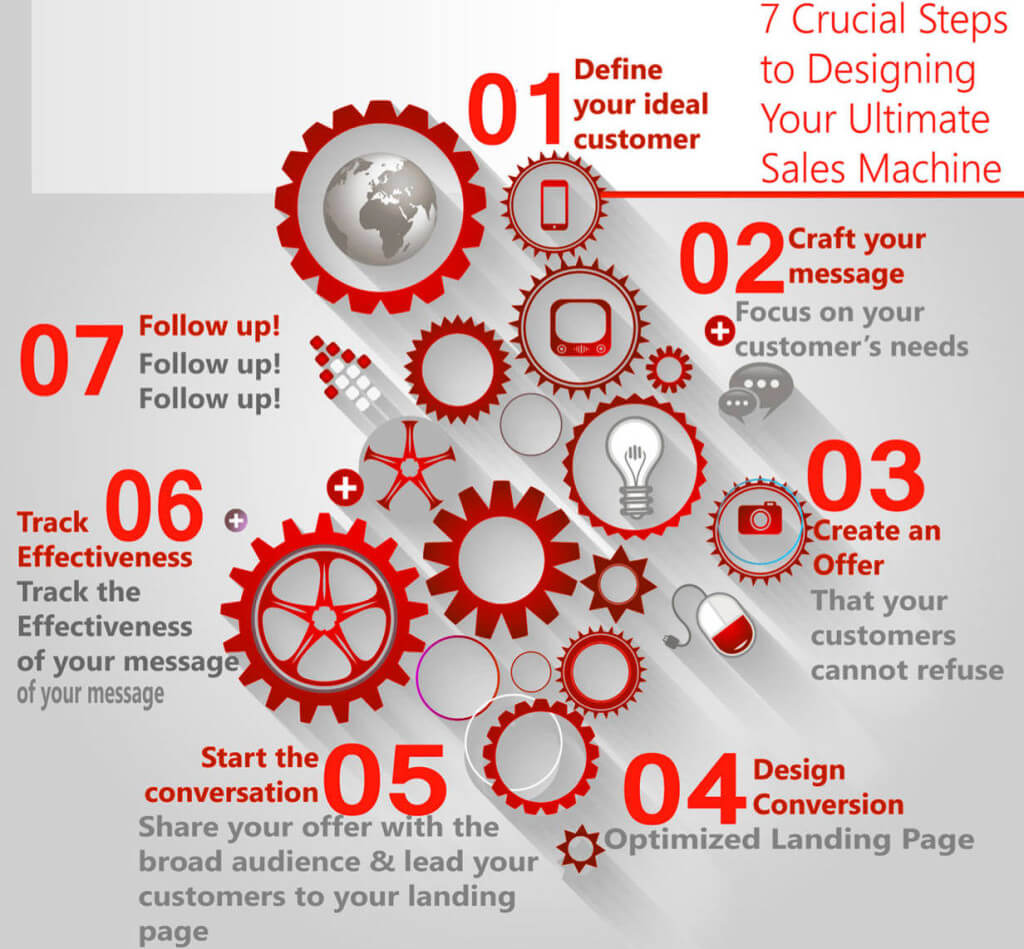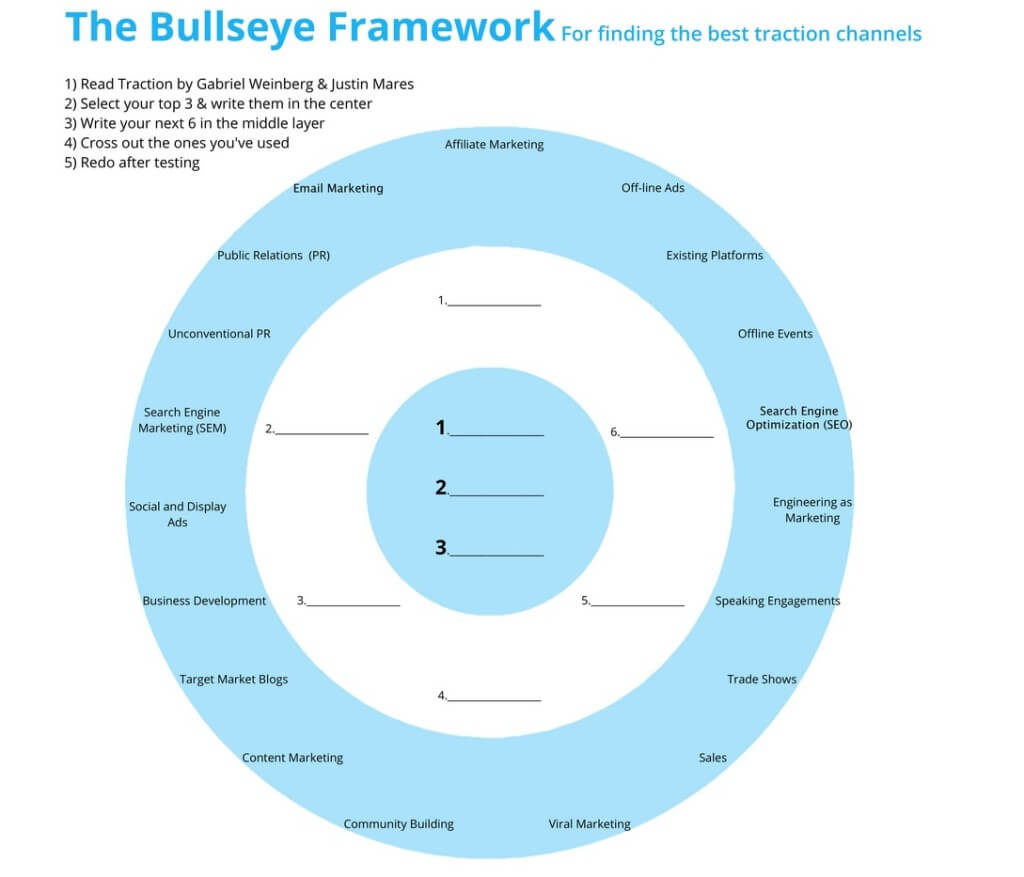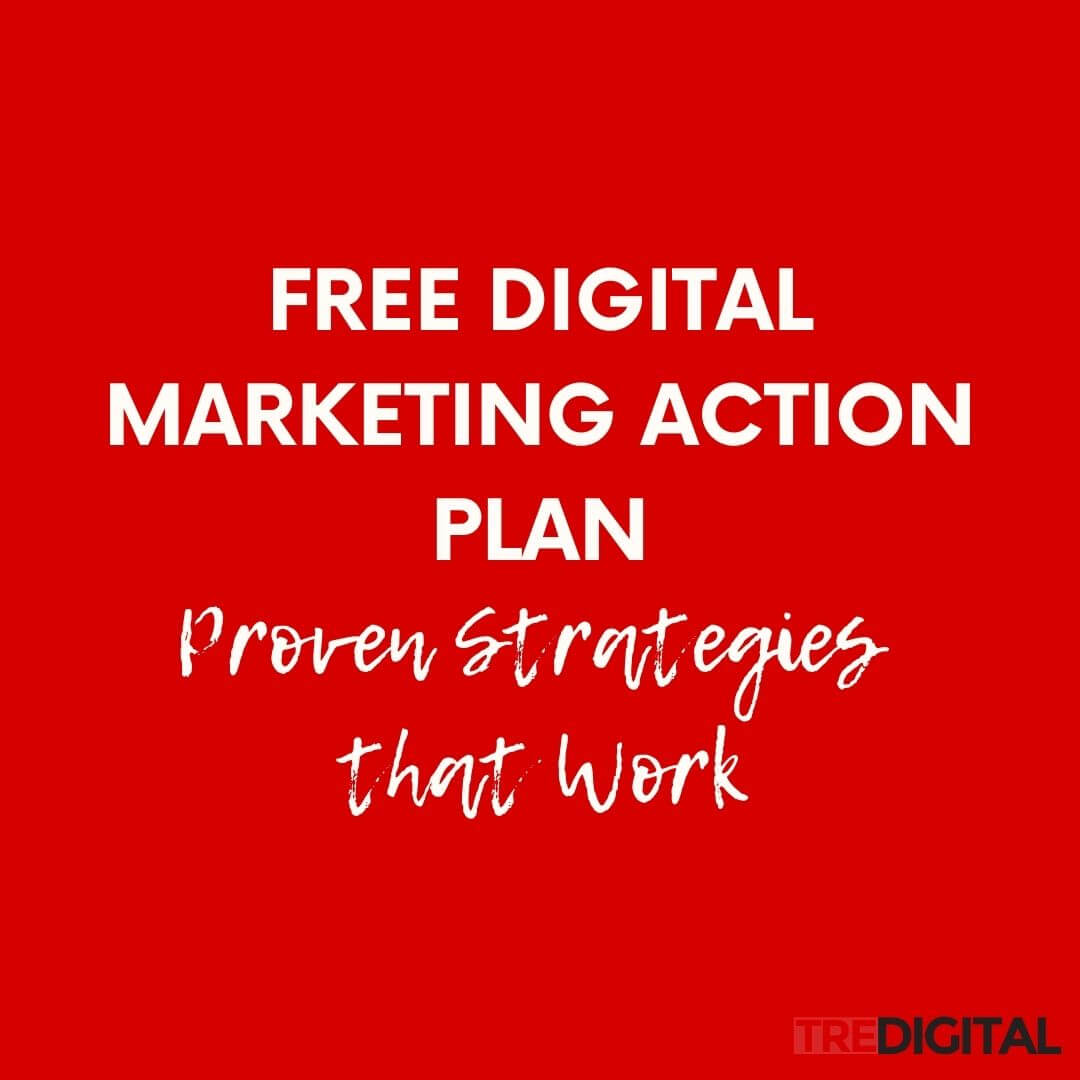A lot of factors contribute to the success of a company: an innovative idea, an amazing product/market fit, and great customer experience to name a few. Likewise, a number of factors can cause for a company to fail.
While causes of failure may vary, there is always one common factor: the failure to acquire customers at manageable costs.
A profitable customer acquisition model assumes that the cost of acquiring customers is significantly lower than the lifetime value of the customer.
If you have not calculated lifetime value of the customer yet, you definitely read this blog from ConversionXL on How to Calculate and Increase Customer Lifetime value
If you have a great product or service, but the customers are not flocking to you. In this case you should start with top 3 questions and debunk the myths that may be holding you back.
Table of Contents
ToggleQuestion #1: Is Your Value Proposition Clear?
The quote below embraces everything you would need to know about value proposition.
“Unique Value Proposition: A single, clear compelling message that states why you are different and worth buying.” – Steve Blank – The Four Steps to the Epiphany
It is easy to spot first entrepreneurs. They typically define their customers with very generic statements: “my business is for everyone who likes to read.”
Being specific is scary, but it is rewarding at the end. You will be able to address specific questions and concerns, rather than sending generic statements. Always frame your statements with who you are helping and why they should care.
As part of the Founder Institute program we do a Startup Madlib exercise to help new founders refine their pitch.

Question #2: Are you tapping into the “Free” Channels effectively?
With the magnitude of free channels, accessibility of these channels overwhelms businesses. As a result we see two things happen:
• Spreading themselves thin and engaging in too many channels
• Completely ignoring them (typically happens as a result of first trying all channels).
Understanding the top channels where your customers spend their time will greatly increase your chances of reaching them.
In the latest book “Traction”, Gabriel Weinberg and Justin Mares categorize all of the existing traction channels. Their recommendation is to start with a series of simple tests to measure effectiveness of each the channels.
Two additional important takeaways (confirmed in a number of tests that I have personally been involved with):
a) There is a finite number of traction channels. If you are overwhelmed by sheer variety of marketing methods, start with the book. It does an amazing job of breaking down these into “digestible” categories.
b) The same traction channel may yield completely different results depending on the stage of your company. What works wonders at the pre-launch stage, may not get any results at the growth stage.
I highly recommend that you review the bullseye framework before you consider adding any new marketing methods.
Question # 3: Are you leaving leads on the table?
While most understand the important of acquiring customers, most businesses neglect to implement simple ways of capturing leads.
Creating a Digital Sales machine is fairly simple if you follow a structured process of creating connections with your audience. I believe, there are 7 core steps to creating the digital sales machine.
These steps are:
- Clearly define your customers and customer segments. Specifically pay attention to the needs and pinpoints of your customers.
- Create a strong message that will help your customers see how your solutions solves their problems.
- Draft a valuable offer. Think about delivering immense value above and beyond your customers wildest dreams.
- Create a landing page to host your offer and start engagement process with your customers.
- Start the conversation: whether it is following up in email, social media or requesting feedback. This step is about continuing to build the relationship.
- Track effectiveness. Constantly evaluate effectiveness of your messaging and make necessary tweaks.
- Follow up! Follow up! Follow up!
Now that we have convinced you to think about three critical questions, we would like to dive deeper into the myths that are still holding your back?
Download our FREE Digital Sales Machine ebook to create your own lead generation process.











